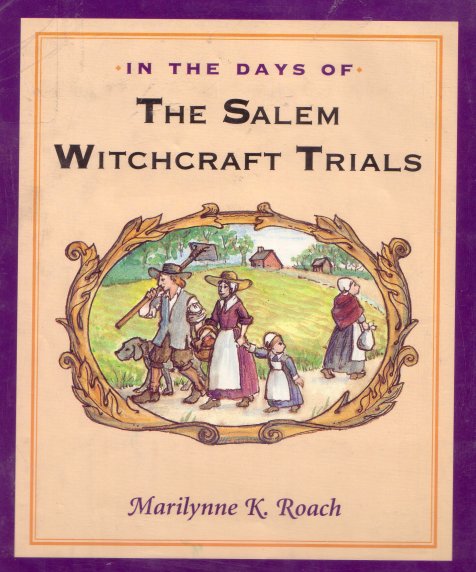
In The Days of The Salem Witchcraft Trials

The book makes a major point right off; the what happened during the Salem witchcraft trials cannot really be understood unless one considers the culture that the people lived in at that time and place.
The chapter on religion talks about the Puritan religion, and other religions that were in that area, and how they all held similar views on witchcraft.
The second chapter talks about the legal system of the time which is rather similar to the present one, except that there were very, very few lawyers.
The next chapter talks about the deplorable conditions in the prisons, and how people were hung.
The next chapter is about witches, noting most of the accused were poor older widows. The book talks about explanations that were given to explain the behavior of the people with supposed symptoms caused by witches, and is one of the very, very few books to even mention the possibility that an actual fungus had poisoned their bread and led to hallucinations and other things.
The book also points out more people were killed for being witches in Europe than in the colonies. It's almost as if they are trying to belittle what happened here.
The next couple of chapters talk about how people viewed magic and the spiritual world at the time.
The book goes into a lot more detail on the kinds of lives people led in the area at that time, and talks about apologies that were eventually given for the trials and the executions.
Back to American Girls index page
Back to Kirsten index page
Back to main home page index
|